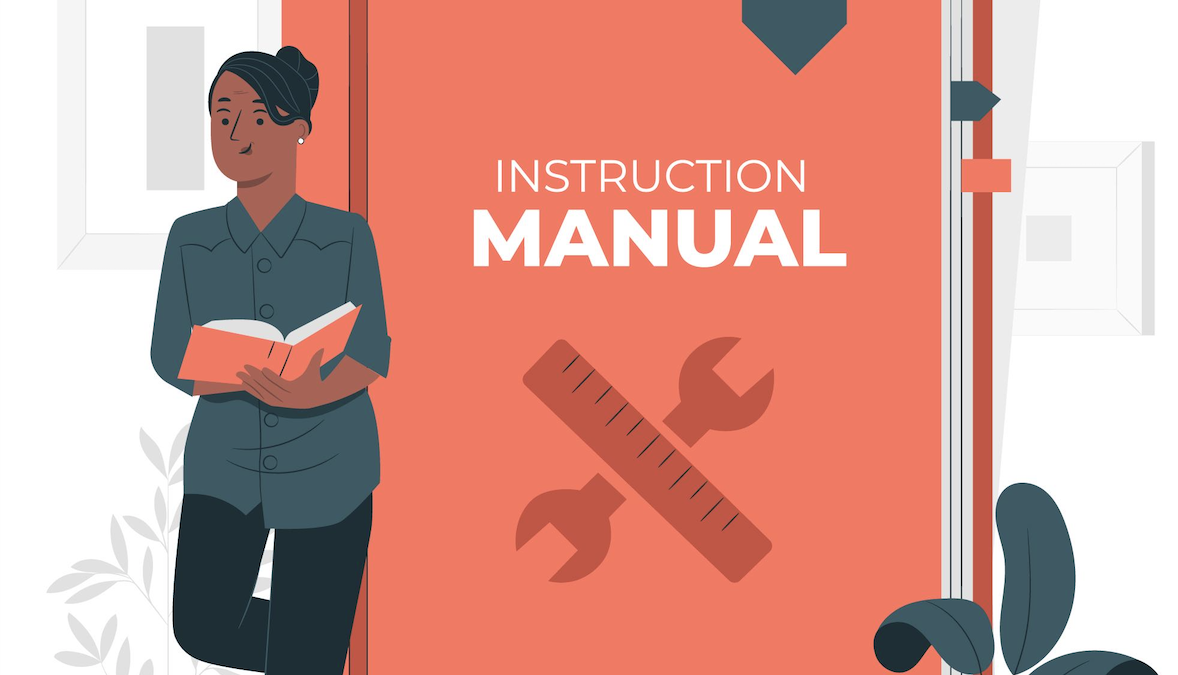Social Media for Nonprofits: Guide to Capitalizing on Your Digital Presence

Nonprofit organizations already struggle to spread awareness, interact with their supporters, and raise money due to their small staff size and tight resources. Those objectives may appear even more distant when you take into account the constantly altering algorithms and the oversaturation of social media platforms.
Social media is a vital tool for non-profit organizations to promote brand exposure and community participation. It might be challenging to decide where to concentrate your efforts for the best outcomes, though, with so many various platforms and features available.
While many NGOs are active on social media, very few have a clear plan in place to guide their efforts and track progress. The YMCA reported in 2019 that 33% of young people (aged 18 to 38) support causes they care about by posting about them on social media.
Social media essentially serves as marketing for charity organizations. It can support email outreach, charitable activities, and other forms of advertising. Having a social media presence can promote growth and even boost the ROI of your campaign when done correctly.
Effective use of social media can help NGOs spread their message, boost fundraising efforts, find new volunteers, and even affect social change. No matter how big or small your organization is, creating a sustainable nonprofit social media strategy will help you increase donations and engage the next generation of volunteers.
How Can Social Media Benefit Your Nonprofit?
You have a fantastic opportunity to connect with supporters online if you manage a nonprofit. In fact, you can start a fundraising campaign, find volunteers, or just tell your story to gain followers. But how do you even begin the process when there are so many social media channels available?
Fortunately, using social media for organizations doesn’t have to be a difficult process. Choosing the best platform for your organization is the first step. From there, you may post interesting information to the appropriate audience using a range of social media platforms and techniques.
Better still, since these social media channels are completely free, your organization’s money won’t have an impact on how successful you are. It’s safe to conclude that there is a sizable online audience today with over 4 billion social media members globally.
You may spread your message on both a local and international scale by using social media marketing for NGOs. These are the main advantages of social media for nonprofit organizations.
- Build Communities
Expand your network and seek out possible speakers, mentors, volunteers, and advocates. For charitable organizations, social media can be an effective community-building tool. Create forums and communities where people can interact, exchange information, and keep up with topics that are important to them.
- Increase Awareness
One of the first steps to bringing about change is lobbying and education. Post the message of your nonprofit on social media. Inform new supporters of your cause and let them know about any new projects, campaigns, or neighborhood problems. And make contact with those that require assistance.
- Share your Influence
Show off the accomplishments your nonprofit is capable of. Gain momentum by acknowledging each victory, no matter how minor. Make sure your contributors know how much you appreciate them and what a difference their support has made. By highlighting your successes, expressing thanks, and being upbeat, you’ll eventually win over more people.
- Encourage Action
Motivate individuals to help your nonprofit by providing them with specific steps they may take. Promote demonstrations, races, marches, and other activities. Encourage supporters to contact elected officials, put pressure on or boycott bad actors, or just practice mindfulness. Of course, you should organize fundraisers to raise money.
Why Develop a Nonprofit Social Media Strategy?
It could be alluring to post haphazardly, as we do in our personal lives, rather than adhering to a social media strategy. It is understandable that many businesses fail to implement a social media strategy due to a lack of staff and resources.
You are not alone if this sounds familiar to you. Less than half of NGOs utilizing social media track their outcomes, and 67% lack a formalized social media strategy. However, charities are becoming aware of the unavoidable part that social media plays in fostering volunteerism.
In reality, 35% and 50% of organizations find social media to be of moderate and high value respectively. Less than 5% of the NGOs polled said they saw no benefit from social media.
We all know how useful social media can be for both for-profit and nonprofit organizations, but for social media campaigns to be successful, it’s crucial to establish a strategy that outlines objectives, plans, and success metrics.
It can be challenging to comprehend how social media is affecting your program without a documented nonprofit social media strategy or plan. Set aside some extra time to develop a social media plan for your nonprofit if your company already has a marketing strategy in place.
To help you create a social media strategy for your nonprofit and evaluate its performance, here’s a quick guide:
How to Develop a Social Media Strategy for Nonprofits that Works?
The goals and purposes of your organization are furthered in a new way when you post on social media sites. The answer is yes if you’re asking whether social networking for nonprofits may increase revenue for your business. In reality, 55% of people who interact with NGOs on social media take action, and 59% of those people make financial donations.
Multiple points of contact across platforms are necessary to nurture a prospect from awareness to loyalty and, eventually, advocacy. One of these channels that must be included in any digital marketing strategy is social media.
In the sections that follow, we’ll look more closely at research-based strategies using actual business examples and lessons you can use to succeed in social media.
- Select the Platforms
The majority of NGOs don’t need to be active on all social media channels. The best social media channels for organizations will instead depend on the types of material they want to post, the audience they want to target, and the social media channels where their supporters are already active.
- Have a Very Clear Goal
Secondly, as yourself, why do you want to use social media? What do you want to achieve? You can start setting goals after you are aware of your purpose. SMART goals can help you stay on target. SMART goals are Specific, Measurable, Attainable, Relevant, and Timely.
- Observe the Plan
One of the mistakes NGOs frequently make when creating their social media accounts is joining a platform out of obligation and posting content carelessly. They eventually realize that social media isn’t truly helping them, which discourages or overwhelms them.
- Identify Your Target Market
Who are you attempting to contact? What are the interests of your current supporters and followers? What kind of content elicits the greatest response from them? What platforms do they use frequently? The fact that donor personas might be helpful on social media is not surprising if you already use them in your fundraising communications.
- Integrate Channels
A content marketing and/or communications plan may include other components outside social media. You presumably communicate with your audience using email, your website, and direct mail in addition to your social media channels. The greatest way to convey stories and engage your fans is for all of these channels to operate together.
- Set Up a Schedule
How frequently should you post on each platform? There is no ideal quantity or frequency, so you’ll need to experiment to see what will appeal to your audience and be financially viable for your business. In general, reliability and caliber take precedence over sheer frequency.
- Make a Social Media “Policy”
What sort of online persona are you hoping to project? A social media policy is a set of rules for anyone using the social media accounts of your company. This will help bring consistency to your social media content and practices.
How to Make Your Social Media Presence More Organized and Engaging?
The majority of NGOs execute mail and email marketing well, or at least ok, but their social media approach tends to be a little random. Why is it a problem, then?
Globally, 27% of contributors name social media as the channel of communication that motivates them to give most frequently. In order to arrange your social media strategy and make it more engaging, let’s look at some things you may do.
- Create Stories
Storytelling is a human obsession. People’s attention is held by a skillfully crafted narrative whether it is displayed on a smartphone screen or a movie screen. People adore good human interest stories in particular. Most companies are aware of this and take full advantage of it.
- Take Over Hashtags
On social media, audience growth takes a lot of time. Before you begin to build traction, you must consistently publish high-quality material for several months. Very few shortcuts exist. However, you may still use trendy hashtags in a clever way.
- Use Emojis as Often as Possible
The internet now speaks a universal language composed of emojis. Each individual character has the potential to become popular online. Nonprofits should set aside time to plan stand-alone campaigns like this one in addition to their regular schedule of social media content.
- Watch the News Feed
The best medium for quick reactions to news headlines is social media. As news breaks, interest spikes, which might be advantageous for your nonprofit. By configuring alerts, you may closely follow the news in your sector. Use any free social media planner to carry out this task.
- Return Favors to Your Audience
While charities should use social media to solicit donations, they also owe it to their supporters to reciprocate. Consider holding contests in which participants must like and share your posts to be eligible to win. To keep it pertinent to your nonprofit, you may include a quiz about the topic of interest.
